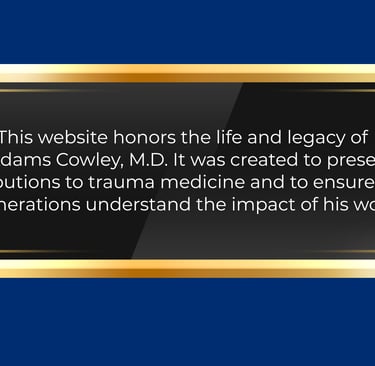
R Adams Cowley, M.D.
The Father of
Dr. R Adams Cowley didn't just change emergency medicine—he revolutionized it. As the visionary behind the "Golden Hour" concept and founder of America's first trauma center, he created a system that saves thousands of lives every year. His innovations transformed how we treat critically injured patients worldwide, proving that quick, specialized care makes the difference between life and death.
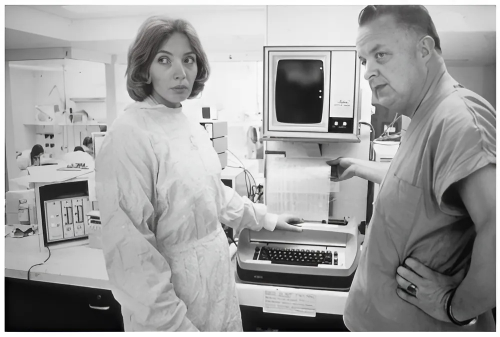

Trauma Medicine and Emergency Care
Explore Dr. Cowley's Revolutionary Impact
This website is a tribute to the extraordinary life and legacy of Dr. R Adams Cowley, the father of modern trauma medicine.
Within these pages, you’ll uncover the bold decisions, pioneering innovations, and relentless drive that forever changed how we treat the critically injured. From the first civilian medevac flights to the founding of the nation’s first Shock Trauma Center, Dr. Cowley’s vision wasn’t just ahead of its time—it continues to save lives today.
Explore his journey. Witness the impact. Carry the legacy forward.

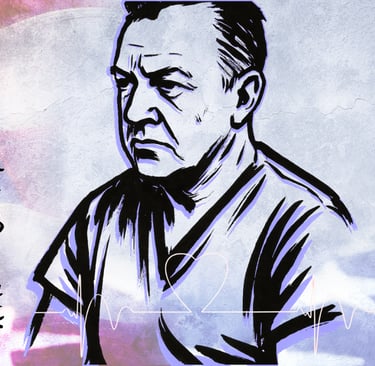
His groundbreaking research and publications









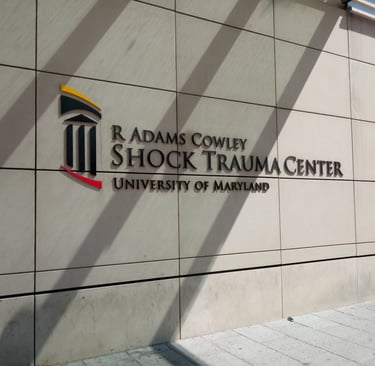
”There is a golden hour between life and death. If you are critically injured you have less than 60 minutes to survive. You might not die right then; it may be three days or two weeks later — but something has happened in your body that is irreparable.”
- R Adams Cowley, M.D.
Dr. Cowley coined the term Golden Hour after years of observing trauma patients. He noticed that patients who received definitive care within 60 minutes had dramatically better outcomes than those who waited longer. What began as a clinical observation became the organizing principle for modern trauma systems worldwide.

The Man Who Transformed Emergency Medicine
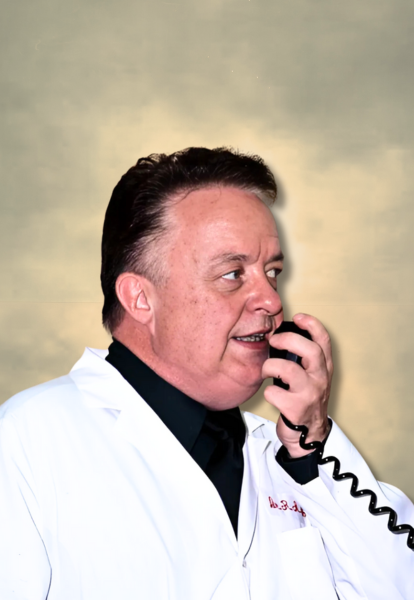

Imagine a world where a critical injury meant a slim chance of survival—where trauma patients had to rely on luck rather than life-saving expertise. That was the reality before Dr. R Adams Cowley changed everything.
Dr. Cowley wasn’t just a doctor—he was a visionary who saw what others didn’t. He believed that the first 60 minutes after a severe injury—the Golden Hour—could mean the difference between life and death. And he built an entire system to make sure more lives were saved.
From founding the world’s first dedicated trauma center to pioneering helicopter medevacs and emergency medical services (EMS), Dr. Cowley reshaped modern trauma care. His relentless determination and groundbreaking research laid the foundation for the trauma systems we rely on today.
His story is one of passion, perseverance, and purpose. It’s about a man who worked tirelessly—sometimes sleeping on hospital X-ray tables—to make sure no one died because they couldn’t get the right care in time.
Whether you're a medical professional, a history buff, or someone who has ever relied on emergency care, this site is dedicated to sharing the incredible legacy of Dr. R Adams Cowley—the Father of Trauma Medicine. His work continues to save lives every single day.
Dr. Cowley demonstrating a portable satellite station, 1977—advancing emergency medical communication.
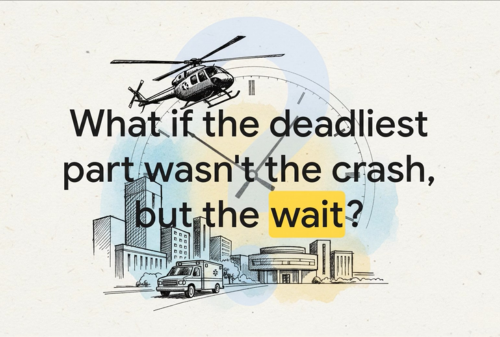







His Work, Their Words




These voices represent thousands whose lives Dr. Cowley touched directly and millions more who benefit from his innovations today. Now, let's explore his remarkable journey.
Before Dr. R Adams Cowley stepped in, trauma care was fragmented and slow. Critically injured patients were rushed to the nearest hospital—even if it wasn’t equipped to help them. There were no trauma teams, no coordinated systems, and no urgency guiding care. Lives were lost in the gaps.
No Protocols. No Specialization. No Urgency.
Interns often staffed emergency rooms. Hospitals lacked specialists and critical tools. Transport was just a ride—no trained medics, no treatment en route. The "Golden Hour" didn’t exist yet, and no one realized how deadly those delays could be.
Cowley Refused to Accept That.
He didn’t just theorize—he acted. Frustrated by watching patients die from treatable injuries, he took matters into his own hands. With his own money, he turned a storage closet at University Hospital into a two-bed trauma unit. That tiny space became the world’s first dedicated trauma center
.
From a Closet to a Global Model.
His system saved lives. What began as a makeshift lab evolved into the R Adams Cowley Shock Trauma Center—now treating nearly 7,000 critically injured patients each year with a 95% survival rate.
Today, every modern trauma system—across states, countries, and militaries—follows Dr. Cowley’s blueprint. He didn’t just improve trauma care. He built a system that still saves lives every day.

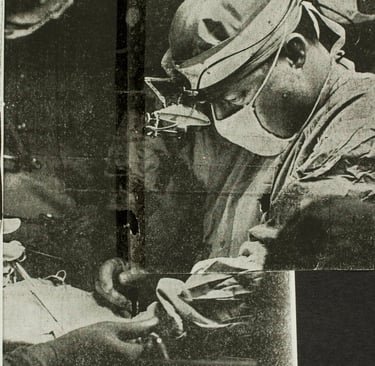
Dr. Cowley performing open-heart surgery.
Revolution Born from Necessity
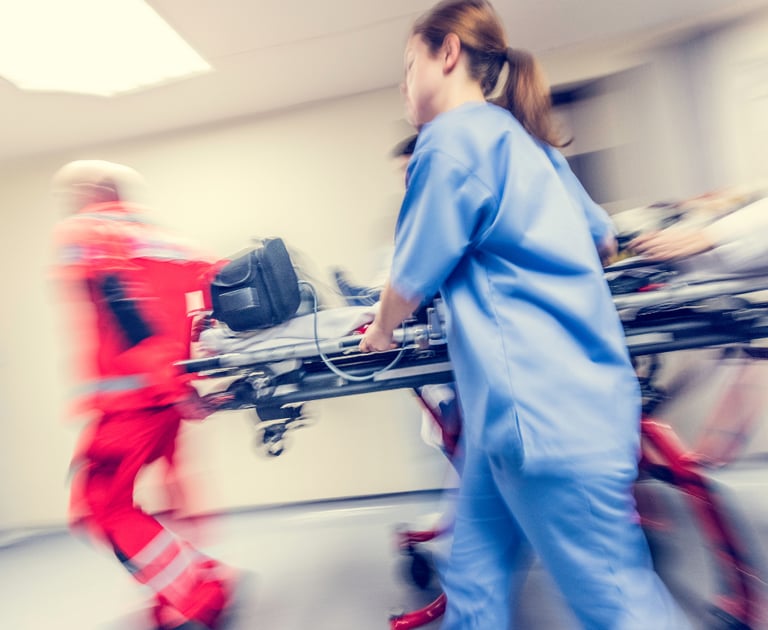

The story didn’t stop there. From that two-bed unit grew a series of groundbreaking innovations—each one transforming a different piece of emergency medicine. Let’s explore the pioneering achievements that shaped the future of trauma care worldwide.
Turning chaos into care—Cowley’s system made every second count.


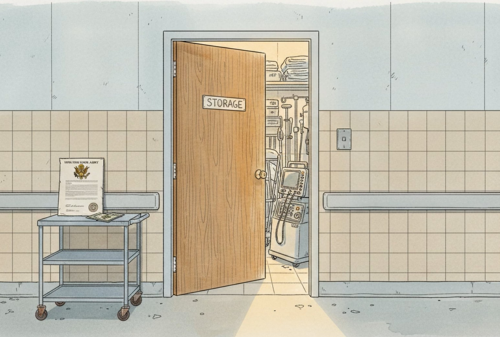

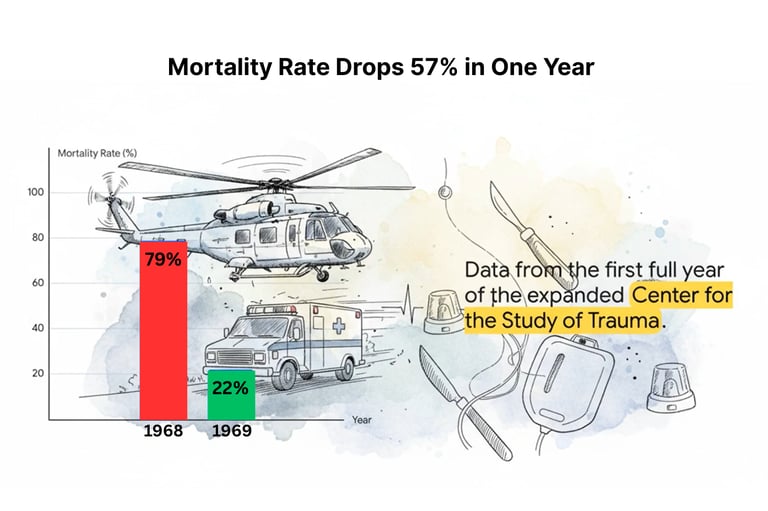

The Life-Saving Philosophy of "Treat First, Diagnose Later" Was Highly Controversial
Dr. Cowley’s approach to trauma was radically different from the conventional wisdom of the time. His teams focused on immediate intervention to stabilize the patient, a philosophy that flew in the face of traditional diagnostic protocols. This new method drew sharp criticism from the established medical community. In 1972, the Medical World News magazine lambasted the Cowley team for "treating before diagnosing."
Despite the backlash, the results were undeniable. After the 12-bed Center for the Study of Trauma opened in 1969, the mortality rate for its patients plummeted. In its first full year of operation, the rate dropped to 22%, a stunning improvement over the 79% mortality rate from 1968. The data proved that the controversial approach was saving lives, and Cowley pressed on in the face of criticism.
Pioneering Achievements
Dr. Cowley revolutionized more than trauma care—he built an entire system that still saves lives today. His breakthroughs shaped everything from medevac helicopters and damage control surgery to EMS networks and trauma rehabilitation. He didn’t just focus on survival—he made sure patients had a path to recovery. His innovations built the foundation for emergency medicine worldwide. These breakthroughs continue to save lives and restore futures every day.
First Shock Trauma Unit

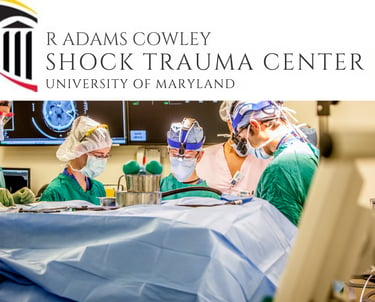
Established the nation's first clinical shock trauma unit in 1961, revolutionizing emergency care and creating a model for trauma centers worldwide.
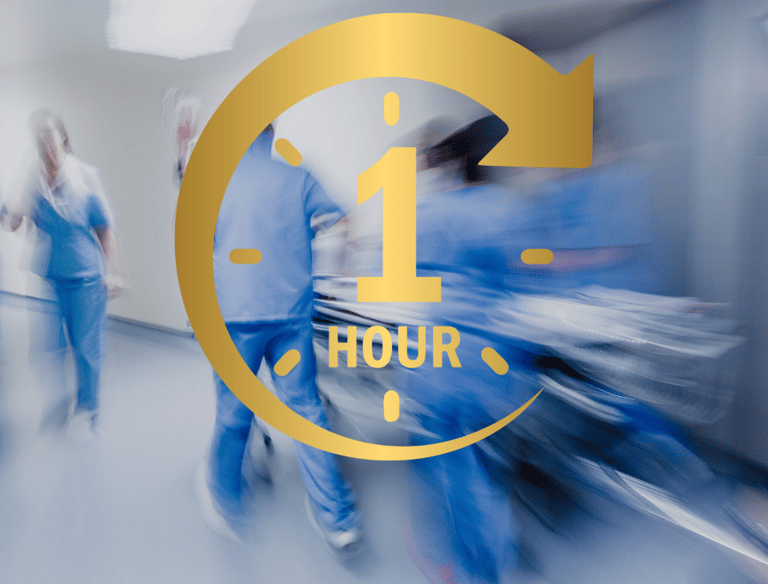

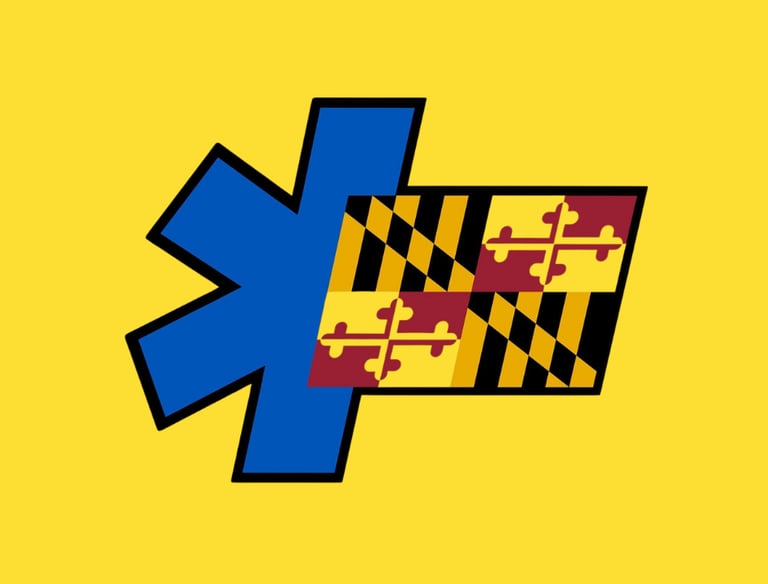

Golden Hour Concept
Pioneered the "Golden Hour" principle, emphasizing the critical importance of rapid trauma care in the first 60 minutes after injury.
Developed Maryland's groundbreaking emergency medical services system, which became the blueprint for modern trauma networks.
Maryland EMS System
Helicopter Medevac Services


Established the first civilian medical evacuation (medevac) helicopter system in the U.S. (1969). Ensured trauma patients were transported directly to the best-equipped hospital, not just the nearest one.


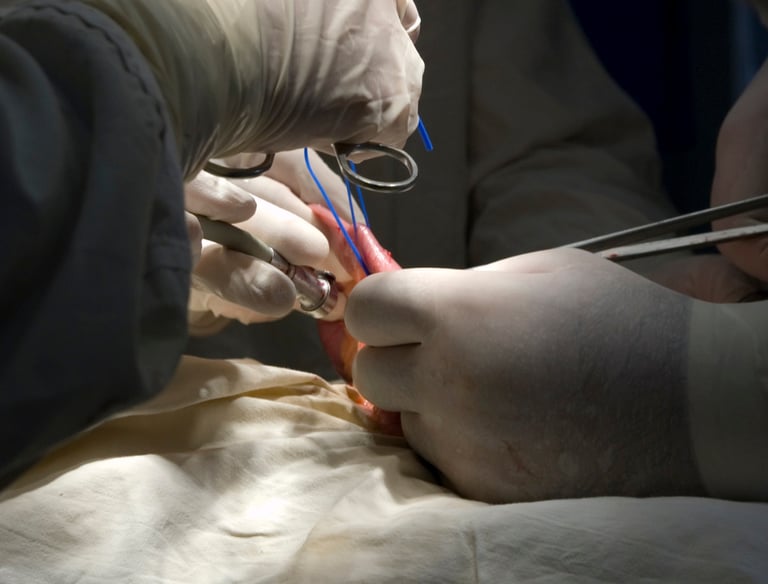

Research on Shock & Blood Circulation
Described shock as “a momentary pause in the act of death” and dedicated his research to combating its deadly effects. He developed fluid resuscitation techniques to stabilize blood pressure and pioneered treatments for hemorrhagic shock and trauma-induced organ failure, improving survival rates for critically injured patients.
Designed the Cowley Clamp, a surgical tool for controlling severe bleeding, and advanced emergency surgical techniques, including damage control surgery, to stabilize trauma patients and improve survival outcomes.
Surgical Trauma Care
Rehabilitation & Recovery


Dr. Cowley knew trauma care couldn’t stop at survival. He built a system that also restored lives. His integrated rehab model connected Shock Trauma with Montebello Hospital—ensuring patients stayed with the same care teams through recovery. From physical therapy to speech and cognitive rehab, his system helped patients walk, talk, and live again.
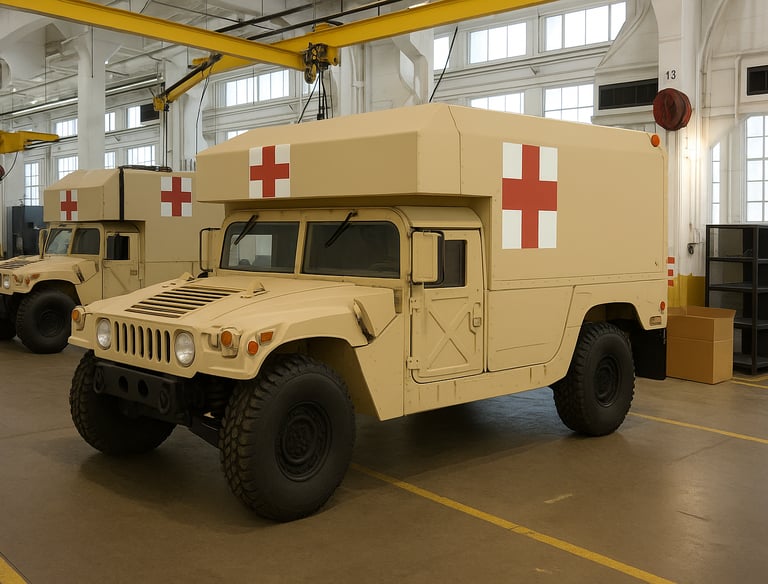

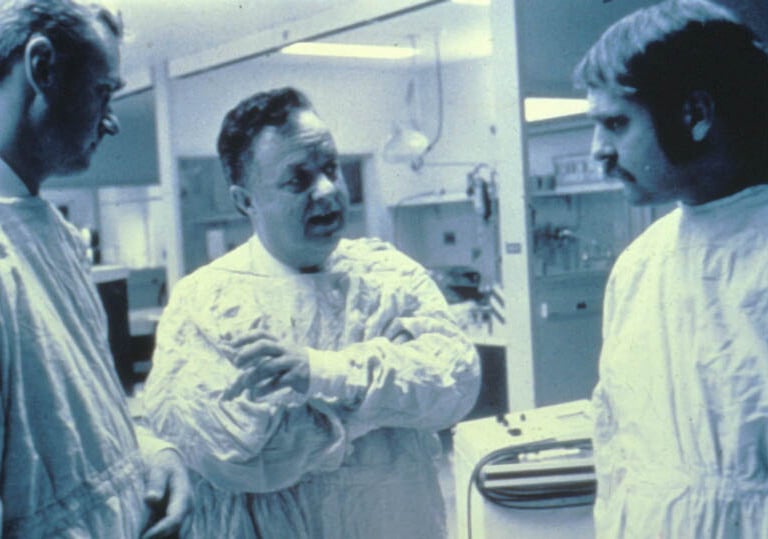

Military & Disaster Medicine
Battlefield and disaster zones now follow the system Cowley built. His trauma model and “Golden Hour” principle shaped military medevac protocols and mass casualty response worldwide. From war zones to natural disasters, emergency teams use Cowley’s approach to move fast, treat early, and save more lives when seconds count.
He established the first trauma fellowship program, training generations of trauma surgeons and emergency medicine specialists. His teaching methods and protocols are still used in medical education today.
Dr. Cowley pictured above, sharing life-saving expertise inside the old Critical Care Resuscitation Unit.
Educational Impact


The Measurable Impact Today
Dr. Cowley's vision transformed emergency medicine from a fragmented approach to a coordinated system of care:
Continuing the Mission
The achievements highlighted in the newscast (watch the video to the right) laid the groundwork for both today and the future. The principles Dr. Cowley established continue to evolve and save lives. In May 2024, Maryland Governor Wes Moore signed significant funding bills—the first major increase for the statewide trauma system in nearly three decades—securing the future of trauma care for Marylanders. This investment advances Dr. Cowley’s vision, adapting to new challenges while upholding the core principle that rapid, specialized care can mean the difference between life and death.


News report announcing Dr. R. Adams Cowley’s retirement from the University of Maryland Shock Trauma Unit he founded, and his move to lead the National Study Center for Trauma. The segment highlights his many innovations that made Shock Trauma a global model.

While Dr. Cowley's vision revolutionized emergency medicine, the story behind this transformation reveals a man whose determination forever changed how we care for the injured. Learn more about the physician who refused to accept that critically injured patients couldn't be saved.
Get in Touch
We welcome your inquiries and feedback. Connect with us to learn more about Dr. R Adams Cowley’s legacy and achievements.
Connect
Have questions or want to learn more about Dr. R Adams Cowley’s legacy?
We’d love to hear from you. 📧 Email: cowleyroberta@gmail.com
Legacy Resources
© 2025 Roberta Cowley. All rights reserved.

